 18th November 2008
18th November 2008 17th November 2008
17th November 2008 16th November 2008
16th November 2008 15th November 2008
15th November 2008 14th November 2008
14th November 2008 13th November 2008
13th November 2008 12th November 208
12th November 208Taken with a flash...
 11th November 2008
11th November 2008 10th November 2008
10th November 2008 9th November 2008
9th November 2008 8th November 2008
8th November 2008Look carefully and you should see a bee hovering on top of the LH bract near the distal tip :-)

 Notice the ant on the LH bract ...
Notice the ant on the LH bract ...
 Notice that for the RH bract, all six perianths are now visible.
Notice that for the RH bract, all six perianths are now visible.
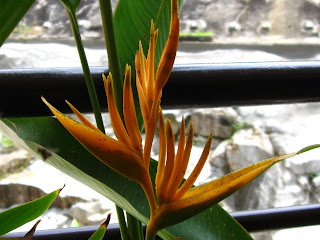










21st October 2008, 3rd bract starting to open. Note also that 2 perianths on the RH bract and a perianth on the LH bract.

 20th Oct 2008, Second bract showing...
20th Oct 2008, Second bract showing... 18th October 2008, starting to open up the first bract.
18th October 2008, starting to open up the first bract.


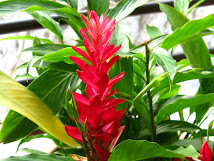
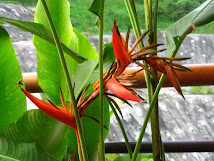


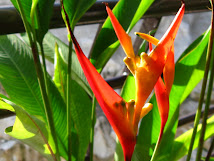
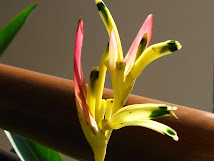

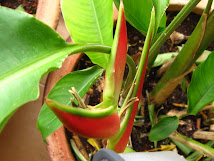


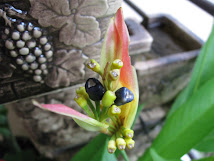
No comments:
Post a Comment